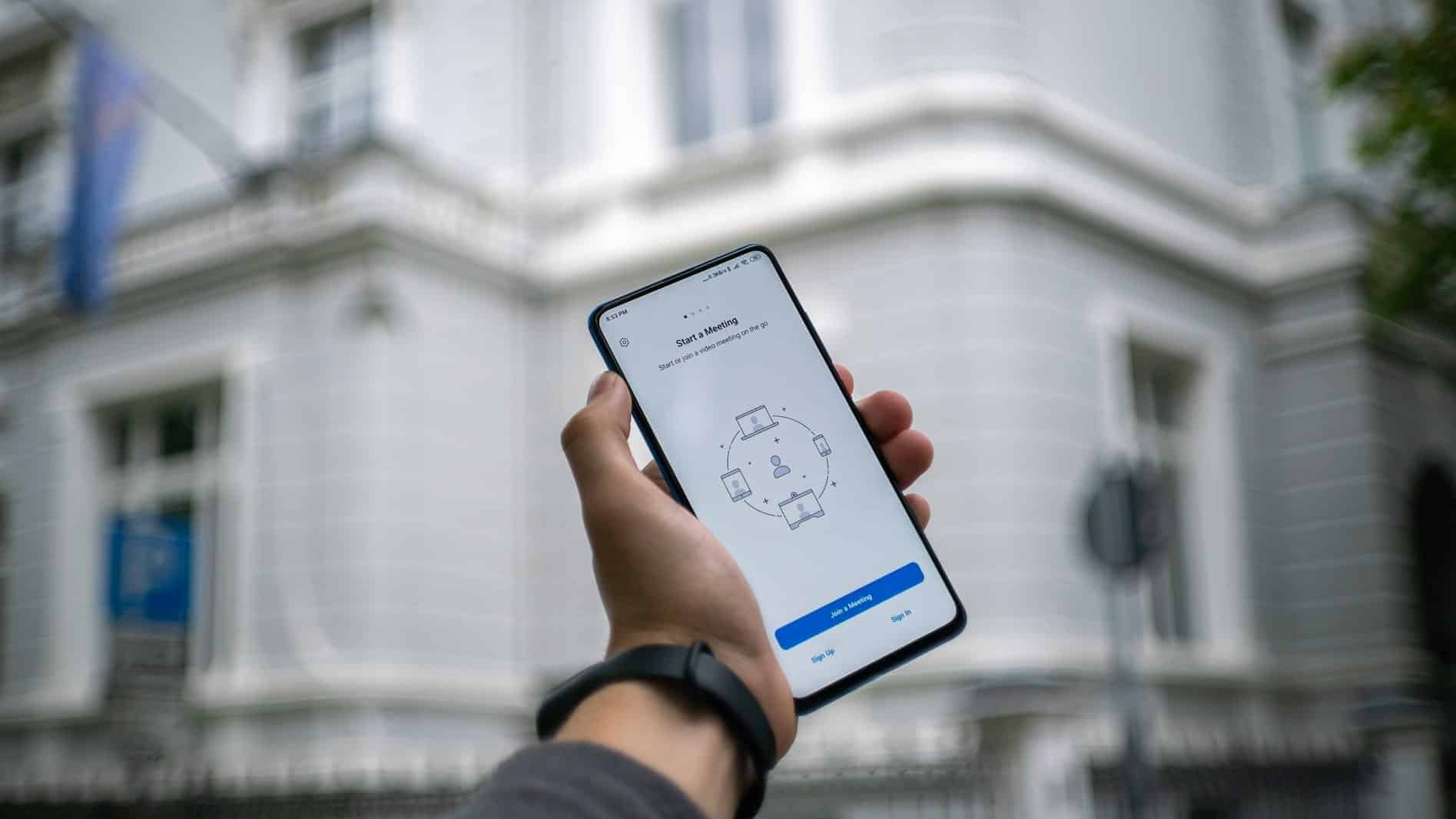What is Zoom Fatigue?
Stanford University provided evidence that the “Zoom fatigue” many of us feel is real. The study showed that the cognitive load of video conferencing is far higher than phone calls or in-person conversation. We may contribute zoom fatigue to various factors. For example, excessive amounts of close-up eye contact can be more intense than you imagine. Video chatting also drastically reduces our mobility, and requires much more cognitive loads than in-person meeting. Also, let’s all admit that we all sometimes check ourselves out during the meeting, and seeing yourself during video chats constantly in real-time is fatiguing because you are being extremely self-conscious this whole time.
Solutions to Zoom Fatigue
Together Mode
Microsoft Teams released this new option that allows you to blur the background and with Microsoft’s AI segmentation technology, taking everybody’s images and putting them into a shared space, starting with an auditorium.
Now Together Mode only allows a max of 49 participants. Microsoft is currently working on adding more visual settings like coffee shops, and allowing more participants into the virtual space.
3D Loomie™ avatar platform
Loom.ai, purchased by Roblox in December 2020, launched LoomieLive about a month into the COVID-19 pandemic. It lets you create a personalized, voice-driven avatar to use on any video conferencing service.
Powered by deep learning and advanced computer graphics algorithms, the platform allows you to create a zoom avatar from a single front-facing photograph of a user’s face.
Immersive technology like VR in office work is still in its infancy. However, there are many new opportunities we can expect from this burgeoning field. First of all, VR workspace may help us find a perfect balance in psychological distance between the sometimes-too-intimated office and isolated remote home office.
People can adopt VR technologies to psychologically buffer themselves from uncomfortable situations. And this distancing aspect can sometimes be as useful in the workplace as the immersive experiences that VR might offer.


